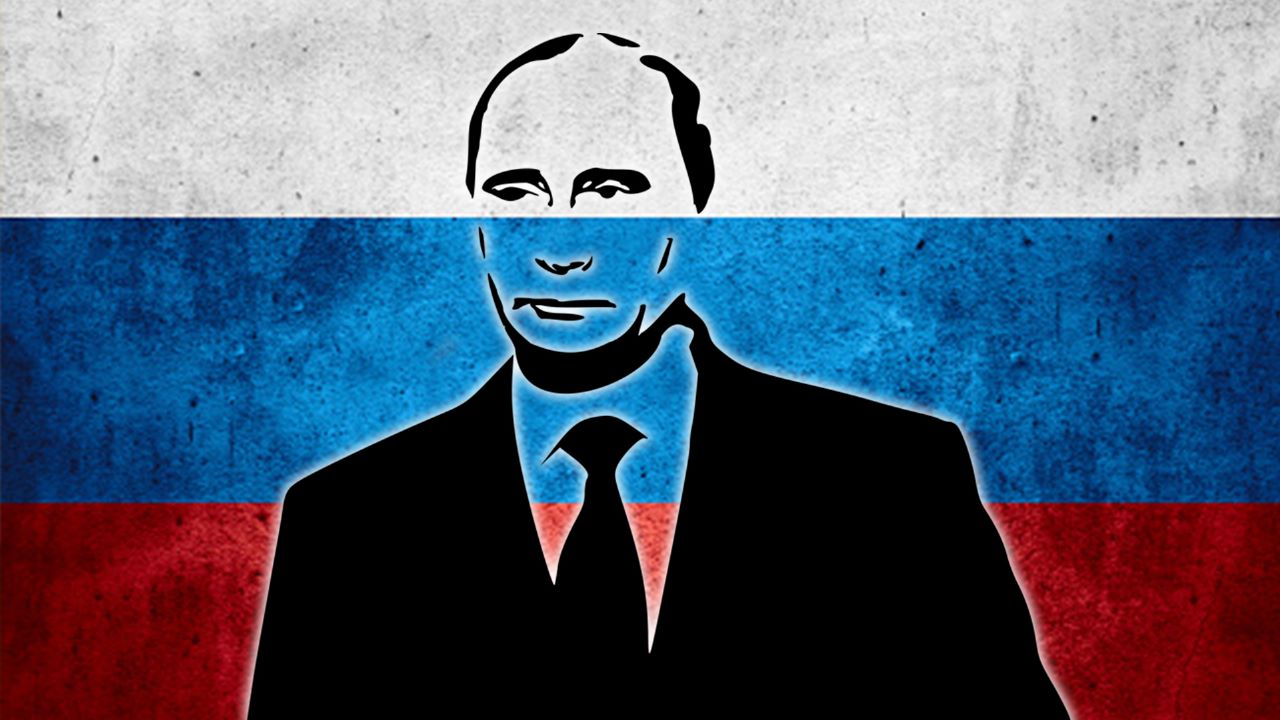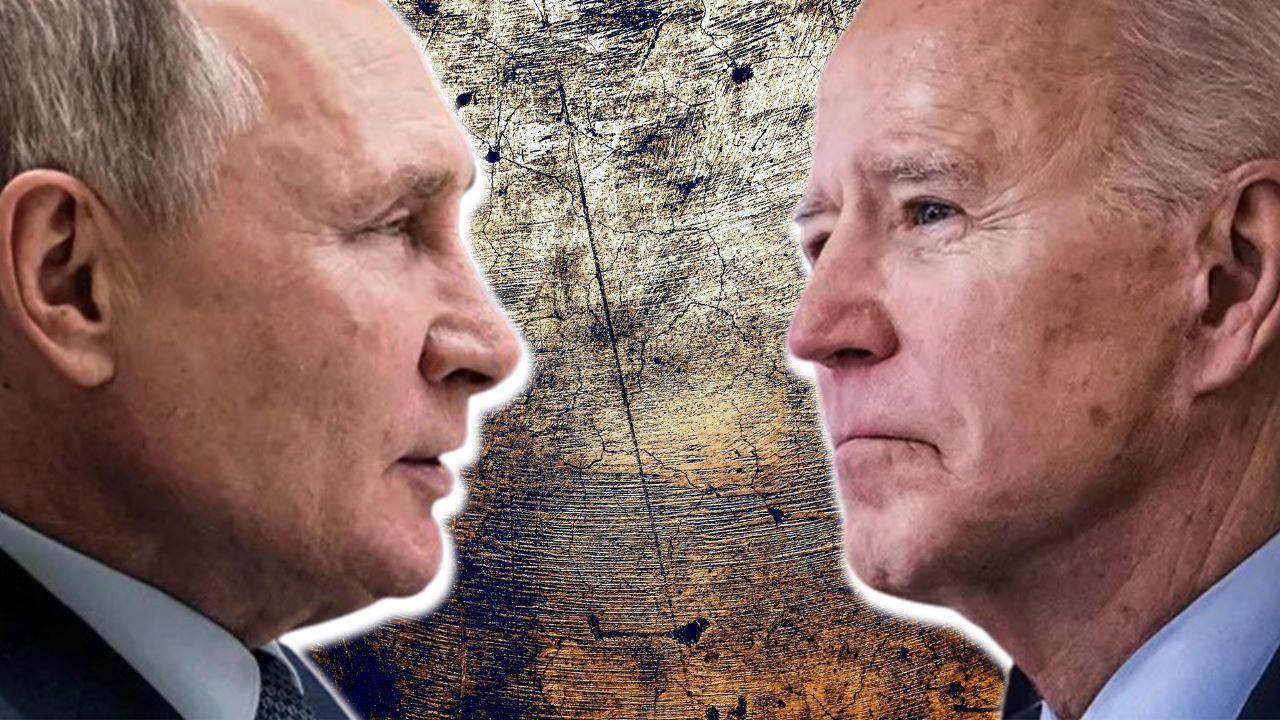Mankind did not know that humans could venture into space until Astronaut Yuri Gagarin was lifted into space in Vostok 1 spacecraft from launch pad Site Number 1 or ‘Gagarin Start.’
The flight also marked a victory for the Soviets in the struggle for technological supremacy with the United States. However, curtains will draw on the launch pad as a cash-strapped Russia has failed to modernize its iconic ‘Gagarin Start.’ It would now be turned into a museum.
Turning the launch pad into a museum will end an era. Baikonur Cosmodrome has been the global base of operations for the Soviet, and subsequently the Russian, space program.
The first satellite, Sputnik, was launched from Baikonur, as was the first manned spacecraft in human history, Vostok 1, with Yuri Gagarin. So were several generations of cosmonauts, orbital stations, and lunar and planetary space missions.
‘Gagarin Start’ has been used for 520 launches. The plan was to upgrade the pad to accommodate the giant Soyuz 2 rocket after the final launch in September 2019. However, the Tass agency reports that modernization work has been stalled due to financial constraints.
There was some hope for investment from the United Arab Emirates (UAE) salvaging the launch pad. On November 15, 2021, a trilateral agreement was signed at the Russian pavilion of the Dubai Airshow 2021 at the beginning of the modernization of the “Gagarin Launch.”
UAE Space Agency Director General Salim Al-Kubaysi, Russian State Corporation Roscosmos Deputy Director General Sergei Savelyev, and Kazakhstan Digital Development, Innovation and Aerospace Industry Minister Bagdat Musin signed the document.
But the UAE put the plans on hold. Russia and Kazakhstan both tried to seek potential investors but were unsuccessful. Now, launches involving the Soyuz 2 rocket have been redirected to other pads, including “Site 31” in Baikonur.
“Russian and Kazakh officials have decided to convert Gagarin’s Start into a museum complex to preserve its historical significance. Kazakh officials will lead the project since Kazakhstan owns the site. The addition of the museum is expected to enhance the appeal of Baikonur as a tourist destination,” the Tass Agency story said.
The Russian space agency, Roscosmos, has been reluctant to refurbish the Gagarin Start for space launches as its invasion of Ukraine has invited heavy censure from the Western countries, and they have refrained from using the Soyuz 2 rockets for launch.

Also, Russia can launch the Soyuz 2 rocket from other spaceports within the country, like Plesetsk and Vostochny, which do not require leases from Kazakhstan.
The famous ‘Launch pad no. 1’, known as ‘Gagarinskiy Start’ (Gagarin’s launch pad), is some 30 km north of Baikonur. The launch complex measures 250 × 100 m with a depth of 45 m.
Extraordinary efforts were needed to create the necessary infrastructure of concrete foundations, flame ducts, steel launch platforms, tanks, pumps, and drainage pipes in the mid-1950s.
Site No. 1, known as Gagarin’s Start, is located in Baikonur, Kazakhstan. Sputnik was the first spacecraft to lift off from this site in October 1957, followed by the first human spaceflight mission in April 1961 by Soviet cosmonaut Yuri Gagarin.
Many other historic missions have also launched from Site No. 1, including Soviet cosmonaut Valentina Tereshkova, who became the first woman to fly to space in June 1963, and Scott Kelly’s record-breaking stay aboard the International Space Station.
Between 1978 and 1988, the ‘Interkosmos’ program led to 14 cosmonauts from 13 nations outside the Soviet Union — countries both within and outside the Warsaw Pact (including Bulgaria, Czechoslovakia, Cuba, Vietnam, India and France) — participating in Soyuz missions launched from Baikonur. Following the collapse of the Soviet Union in 1991, Russia began joint missions to the Mir space station with the US.
This led to the development of the International Space Station, which, since the termination of the US Space Shuttle program in 2009, has been supplied solely by Soyuz manned spacecraft and ‘Progress’ cargo transport vehicles launched from Baikonur.
Baikonur continues to be used for launching both manned and unmanned spacecraft. The current Russian space program annually enables numerous commercial, military, and scientific missions.
The US-Russia rivalry spilled into the space sector as whoever could control the space would have a military advantage. The Soviets secured the first win by launching Sputnik in 1957. The US responded with Explorer 1 in 1958. The space capabilities of both nations grew until they were on the verge of launching humans.
Once again, the Soviets were first. Officially, the US congratulated the Soviet Union for Gagarin’s 108-minute flight. Unofficially, pressure mounted to match the achievement. Five days later, a US-backed invasion of Communist Cuba failed, dealing further embarrassment to the United States. Gagarin Start has been a witness to all this history.

Historic Human Flight Into Space
Gagarin was taken into space in Vostok 1, launched around midday. Shortly after liftoff, the cosmonaut famously yelled “Poyekhali!” over the radio, which in English roughly translates to “Let’s roll!” He entered orbit a few minutes later and could see the Earth through a single window near his feet.
Most of the flight was automated, though Gagarin could take manual control of his spacecraft in an emergency. As Vostok 1 prepared to re-enter Earth’s atmosphere, the vehicle jettisoned its equipment module as planned. However, the module did not entirely separate and was left attached to Gagarin’s capsule by a strand of wires.
The extra weight threw Gagarin into a spin, causing him to experience 8 Gs of force — far more than expected during a routine flight. He maintained consciousness as a trained fighter jet pilot until the wires holding on to the equipment module broke free, stabilizing his descent.
At about 7 kilometers above the Earth, Gagarin ejected from Vostok 1 as planned and parachuted to the ground. A local farmer and his daughter observed the spherical metal ball of Vostok 1 smashing into the ground, followed by Gagarin gently floating in for a landing in his orange flight suit.
Gagarin recalled: “When they saw me in my space suit, they started to back away in fear. I told them, don’t be afraid; I am a Soviet citizen like you, who has descended from space, and I must find a telephone to call Moscow!”
- Ritu Sharma has been a journalist for over a decade, writing on defense, foreign affairs, and nuclear technology.
- She can be reached at ritu.sharma (at) mail.com
- Follow EurAsian Times on Google News




